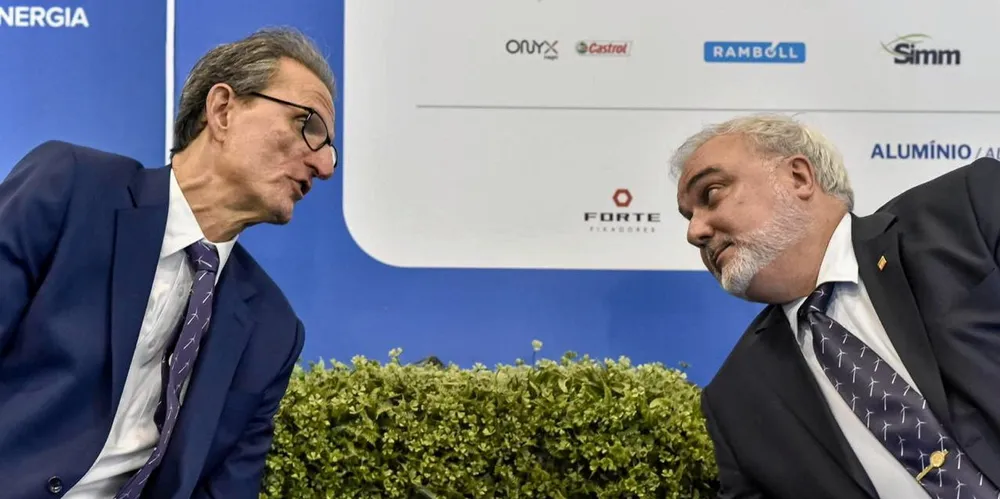Rio floating wind plan as Brazil's Petrobras unveils vast new offshore renewables ambition
VIDEO | Oil and gas group files interest in 23GW across 10 areas in 'effective entry into the sector'

Brazilian state oil & gas group Petrobras unveiled plans for 23GW more potential offshore wind – including a floating project off Rio de Janeiro – as it set out its stall to be the nation’s biggest player in wind at sea.
Petrobras said it has filed requests with Brazil’s environmental protection agency Ibama over potential development in 10 regions.
Petrobras CEO Jean Paul Prates said: “This initiative represents Petrobras’ effective entry into the offshore wind energy segment.
“We are preparing the company to become the largest developer of wind energy projects in Brazil. We are the company that has the most knowledge of the Brazilian offshore environment and we have a tradition in maritime operations that can bring relevant synergies to offshore wind projects.”
Petrobras said: “The technology for floating wind turbines has been developed very quickly and offers advantages for construction and installation, as it can be assembled in a port, on the coast, and towed to the installation site, without the need for specific vessels for installing wind turbines at sea.
“The feasibility of projects with floating structures will open up possibilities for integration and supply of energy to our production platforms.”
Petrobras stressed that the filings to Ibama won’t secure licenses for the projects, a process that depends on the outcome of long-running political negotiations currently underway over a regulatory framework for offshore wind in Brazil.
As well as Petrobras and Equinor, a clutch of global energy giants are interested in tapping Brazil’s offshore wind potential, including oil major Shell and global green giants Corio and Iberdrola.
According to a World Bank estimate, the country has a theoretical potential of 1,200GW for wind at sea, of which 480GW is seen as bottom-fixed in depths of up to 50 metres and another 748GW as floating plant in deeper waters.
(Copyright)